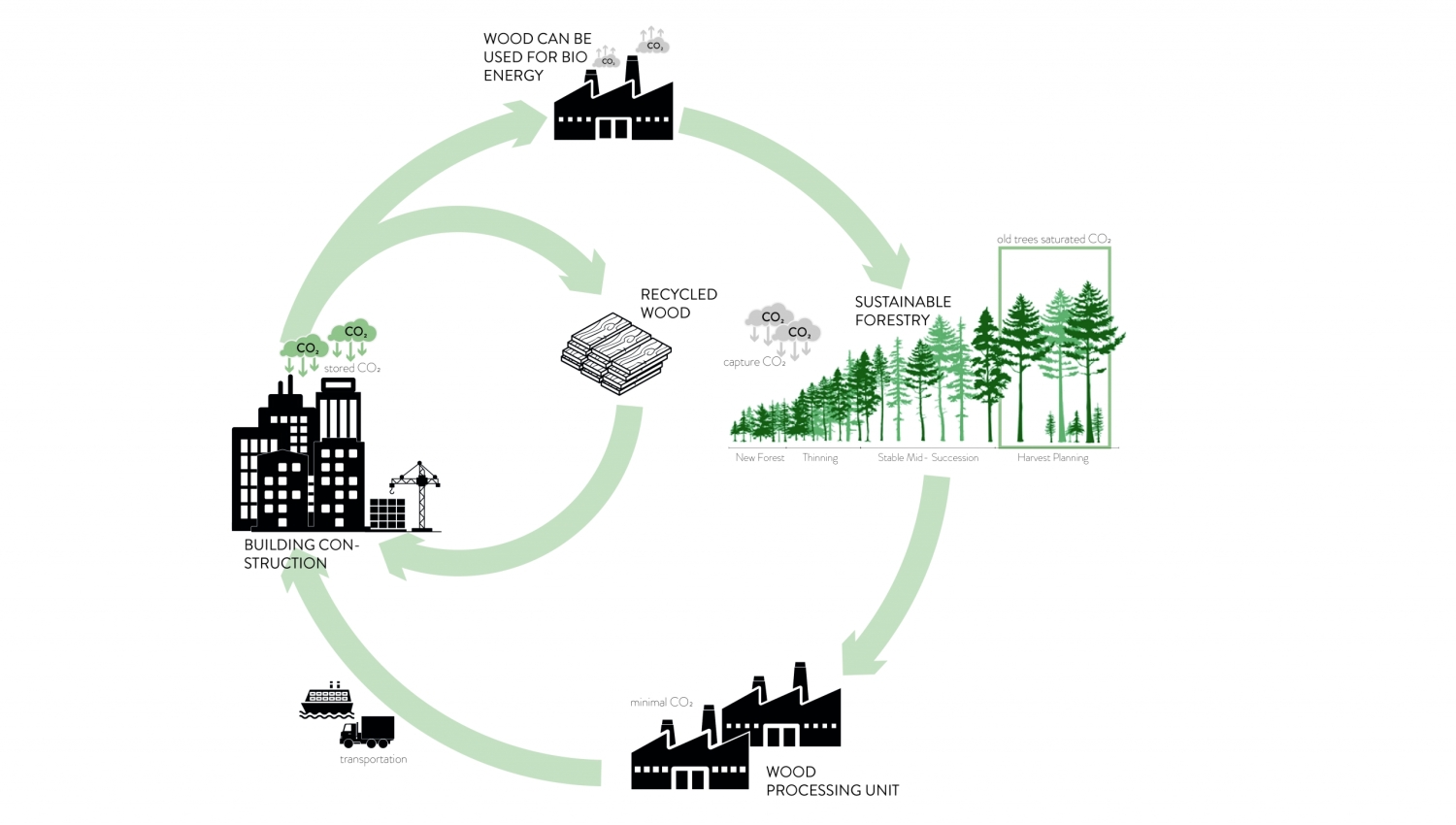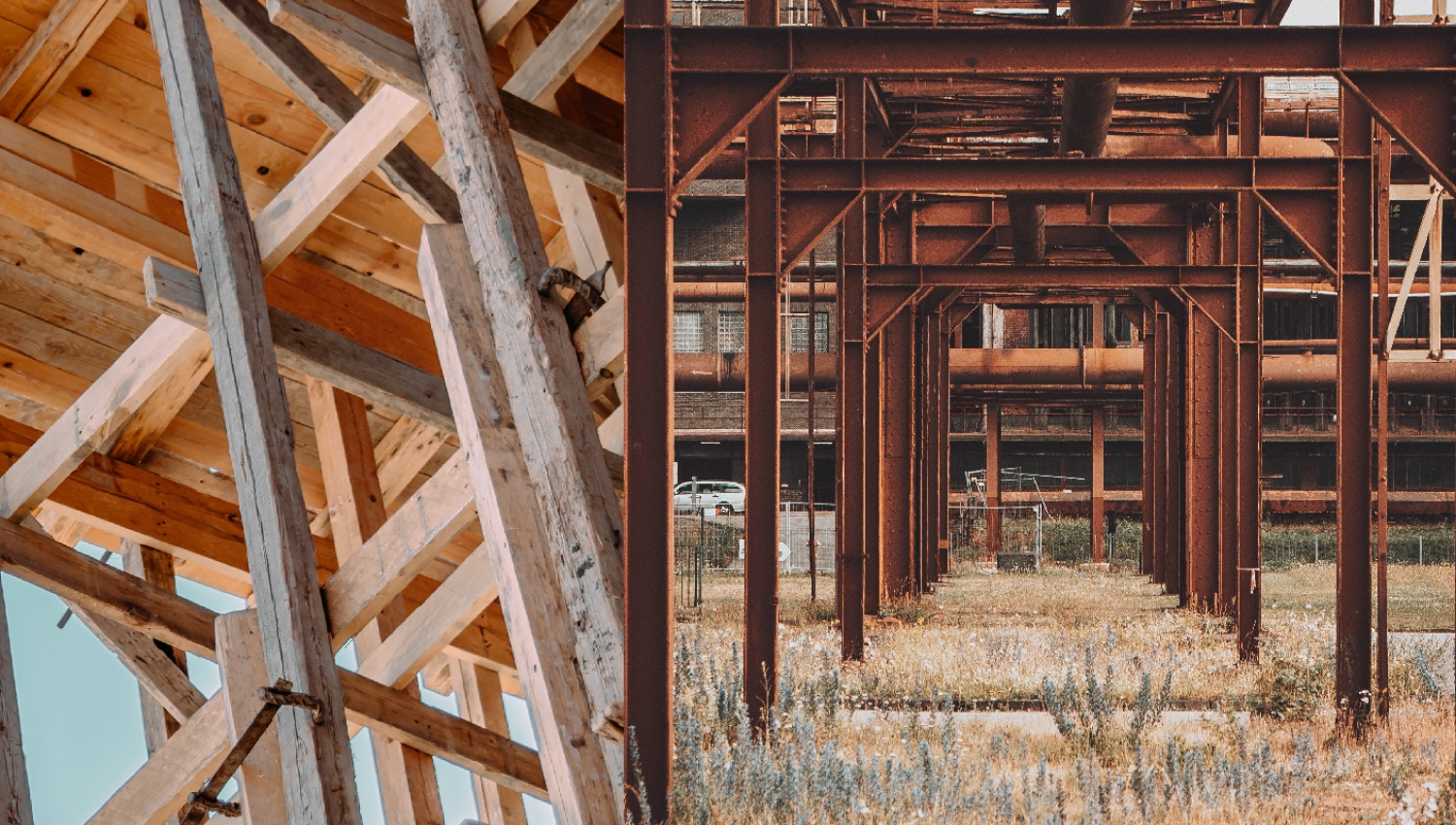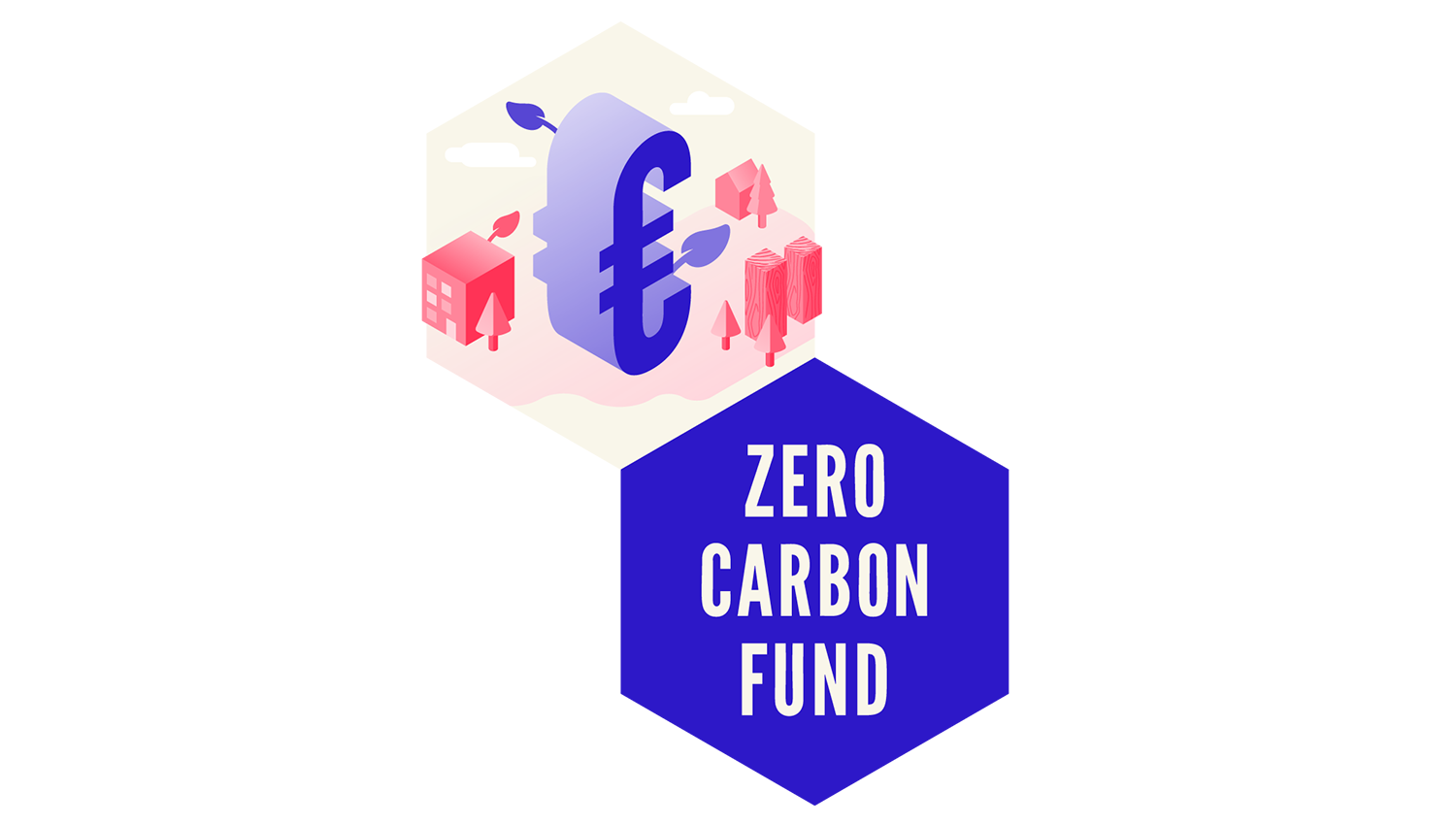Wooden Revolution in Construction
The climate is changing, so should we!
“The Climate is Changing, so should we!" One of the slogans from ‘Fridays for Future’ climate protests that I stumbled upon in 2019. A simple yet very impactful statement. It highlights the necessity of adaptation to the changing climate realities. It is inevitably necessary to change ourselves to cope with the changing climate, in order to sustain our planet- humans, the plants and animals around us which we seem to put in danger by our actions.
We are the first generation to experience the widespread impact of a changing climate; we see records breaking each year of the highest rainfall or temperatures recorded. This year, 2020, has been one long year; with New Zealand wildfires marking the beginning, with heatwaves, floods and massive forest fires in many parts of the world amidst the pandemic. With ever-increasing greenhouse gas emissions and landcover transformations, the wrath of changing climate has been witnessed by the world now more than ever and this calls for urgent actions to galvanise necessary systemic changes.
One of the biggest carbon emitters in the world is the construction industry. Buildings and construction are responsible for 39% of all carbon emissions in the world, with operational emissions accounting for 29% and the remaining 11% comes from embodied carbon associated with materials and construction processes throughout the whole building life cycle. Embodied carbon emissions have been overlooked for a long time, but research from the IPCC requires all carbon emissions to be cut down, to keep the global temperature rise to 1.5 degrees. Moreover, with rising population and urbanisation, the world’s building stock is expected to double by 2060 resulting in an increase in the carbon emissions. Therefore, coordinated action from across the sector to dramatically change the way buildings are designed, built, used and deconstructed is vital! Here, Wood is a plausible solution that could save the day!
What is the change? Wood for construction!
A wooden revolution is brewing up in the global construction scenario, however one might wonder, is it really the answer to the problem? Yes, it is! Timber is an environmentally friendly renewable building material that has low embodied energy and stores carbon. It can be recycled and put to new use through dismantling and deconstruction as illustrated in the image below.

There are several reasons why timber is a better alternative compared to traditional building materials such as concrete and steel:
A• Low Embodied Energy
Timber derived from forests requires minimal energy during its extraction and processing. A tree can store fifteen times the carbon that is expended during its transformation into a construction component. It replaces energy-intensive materials like concrete and steel which consumes large amounts of carbon. Building with concrete and steel comes with a detrimental environmental cost. Concrete is namely responsible for 4-8% of the world’s carbon dioxide (CO2) emissions. Second, only to water, it is the most widely used substance on earth, accounting for around 85% of all mining and linked to an alarming depletion of the world’s sand. Therefore, by harvesting trees and producing timber for construction, there is a net carbon benefit!
B• CO2 storage function
There are two ways to reduce CO2 in the atmosphere- reducing emissions or capturing CO2 and storing it. Wood can function as both. Trees grow, they absorb CO2 from the atmosphere, wherein a cubic metre of wood captures a tonne of CO2, equivalent to 350 litres of gasoline. When this tree is harvested, the carbon remains stored in the wood until the end of its life cycle. While this carbon is safely locked up in timber products within the building, the practice of sustainable forestry ensures new trees which absorb and store carbon as they grow.
LCA studies by Wood for Good show that more emissions are absorbed and stored in timber products than are emitted during harvesting, processing, manufacturing and transportation combined. This provides a net emissions reduction process. This makes wood not just carbon neutral, but carbon negative, as a building material.
C• Nature-inclusive cycle that enables more forests and CO2 deposition
Timber not only substitutes carbon-intensive material or acts as carbon storage, but it also functions as a carbon sink in the form of the forest from which it is derived. By capitalising the benefits of forests, a push would be created to increase the forest cover. This combination of economic and environmental benefit can be a driver for this transition. For example, in 2005, Australian forests, both natural and plantation, removed 56.5 million tonnes of carbon dioxide from the atmosphere—amounting to approximately ten per cent of the nation’s emissions (Forest and Wood Products Research and Development Corporation, 2006).
Trees play a crucial role in regulating our climate. They are becoming more important in the battle against man-made climate change by reducing the number of harmful greenhouse gasses in the atmosphere. However, the benefits are only gained if the forestry itself is sustainable. Sustainable timber harvesting considers the long-term impact of altering an area of forest and plans on how to do it consciously in order to maximise CO2 absorption and promote biodiversity. Across the world, over 1 billion acres of forest are certified, with 16% of this having both PEFC and FSC certification. Crucially, demand for sustainable forestry doesn’t decrease forest cover but increases it.
Although surprising, the best form of carbon sequestration is to chop down trees: to restore our sustainable, managed forests, and use the resulting wood as a building material. While young trees are efficient and effective carbon sinks, the same is not true once the trees get mature. Many trees in managed forests such as European spruce, after reaching maturity shed as much carbon as they absorb. Therefore, it is important to promote timber consumption in the building industry in managed certified forests where two to three trees are planted for every tree felled, thereby increasing the forest cover and CO2 hungry young trees. Another benefit from the use of wood for construction is its capacity to reduce wildfire risk and thereby support rural economic development and green jobs by promoting sustainable forestry.
D• Cradle to grave approach
Timber contributes to minimal energy consumption during production, construction and operational phase but also after building demolition it can be reused or recycled as a building element or as a biofuel, thereby lowering its overall embodied energy.
Researches show that if we build with timber, as opposed to traditional materials with high levels of embodied carbon, we can save an average of 45 tons (40 tonnes) of CO2 per dwelling. Therefore, Wood as a construction material would transform the construction industry landscape and help to tackle the two herculean challenges at hand – Climate Change and Building Stock Demand.

Challenges to this transition?
One of the biggest challenges in this process is the current economic sector, which is deeply rooted in its existing practices and is too profitable to change. However, the changes that are necessary would need everyone: organizations, businesses and the whole society to drive this transition towards a sustainable economy. Investment strategists like Hans Stegeman from Triodos Bank also emphasize that “we should re-imagine a reformed investment landscape post-COVID and move towards a sustainable, resilient and inclusive economy.” Both public and private capital should enable this transformation together, as the former provides accountability, transparency and the other provides support to new initiatives and existing companies to be rebuilt through creative solutions to contribute to this transition.
The momentum towards timber construction has begun, but the real challenge is the speed and scale of this transition. There are multiple initiatives at the National, European and global level in terms of legislation and certain financial aids that have stirred this conversation and exploration. These include Building standards like BREAAM NL, MPG carbon tax, EU ET, climate bonds and other incentives. However, the pace and scale of this impact need a further push!
ZeroCarbonFund
And to kick-start this push ZeroCarbonFund (ZCF), a project initiated by BLOC and funded by Laudes Foundation, aims to speed up this transition through financial leverage to save the planet by building for our next generation! ZCF would create a new business case for wood and offer the market better investment opportunities in bio-based materials and on projects with a lower CO2 footprint. If the building industry switches to building with wood, and other bio-based material, megatonnes of CO2 emissions could be avoided and the damage undone!

Let’s collaborate!
History has shown us, we can make drastic reforms for our benefit if necessary. And not alone history: the current pandemic also gives us a testament of our capacities. Who would have thought that most offices would be transformed into working completely online in 2020? We had been speculating a digital revolution, but never imagined it to be now! These times show the testament of resilience amongst us.
One thing we know for sure is that we can only make this happen when we do this together because this crisis knows no boundaries of nations, departments or sectors. We need to find mechanisms to work together towards a common goal, sharing our knowledge and experiences.
I am glad to be a part of BLOC as this company values all this and has collaboration and creativity imbibed into their vision and approach. Together we are working on this sustainable transition that is necessary for our economy, society and ecology. But we need your help! Join us in this quest to enable the large-scale application of timber in the building industry to contribute to a better world.
Interested in becoming a partner of our ZeroCarbonFund? Do you want to join this discussion? Or do you want to know more about the ZeroCarbonFund or BLOC in general?
Contact Surabhi for a digital coffee for further discussion!
